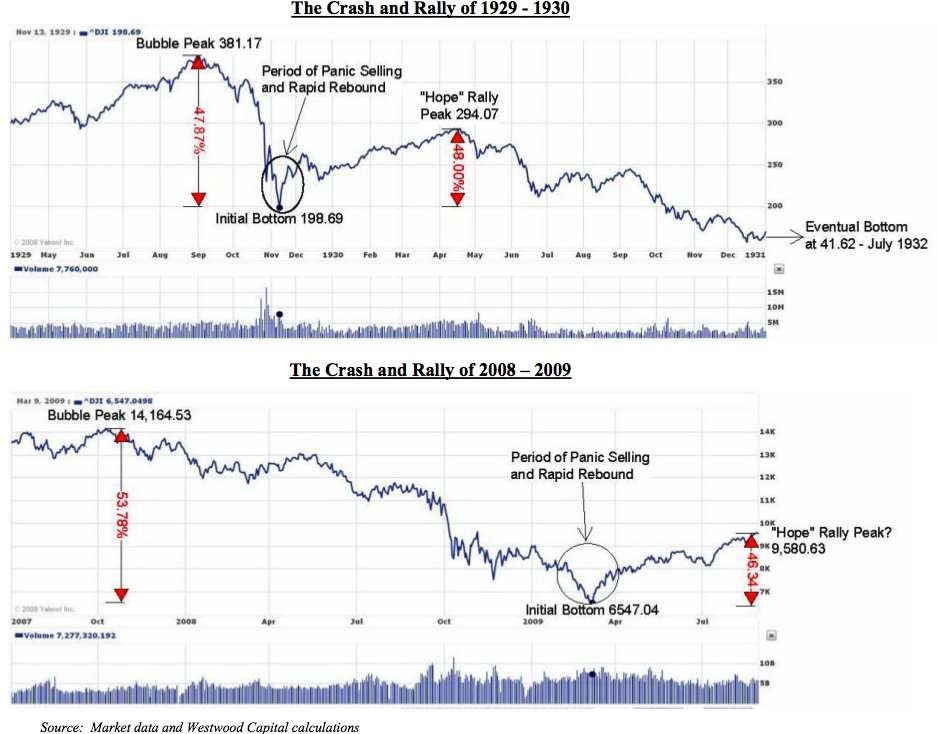David Rosenberg Don t despair over market s decline
Post on: 6 Август, 2015 No Comment

More than a trillion dollars has been lost on paper since the year began. It was the worst January since 2009 and it was the worst February since 1933 prior to Fridays rally. But lets keep in mind the decline follows a P/E-multiple-led advance in the S&P 500 of more than 30% in 2013.
The bullish forecasts for last year were already blown out of the water by April, for crying out loud, and in a year when GDP, earnings and revenue growth were rather lacklustre to say the least. What is happening this year has to be viewed in the context of the surge in 2013, especially the parabolic move up in the fourth quarter.
Corrections are part and parcel of every cyclical bull market. We have already seen 12 corrections of 5% or more since the market bottomed in 2009, and 16 corrections of 10% or more — about one-third were of the 20% variety — during the cyclical bull market over the past five decades.
These pullbacks tend to happen every couple of years, and the previous one was back in the summer and fall of 2011. We were due, and the conditions were ripe from a sentiment, technical and market positioning perspective.
One measure we should pay close attention to is the Investors Intelligence sentiment poll. At the end of 2013, the bullish reading topped 60%, which in the past always waved the amber signal (as I did two weeks ago). We were at that level in 2007 and in 1987 as well. No matter how good things may seem, a 60% or higher reading on this metric is a vivid signpost that the markets are fully priced — and then some — for that constructive backdrop.
Since that time, the bullish reading has receded to 46% — so a move in the right direction from a contrary standpoint, but in the past it took bullishness levels in the range between 35% and 40% before the bottom was put in, as far as market pricing is concerned. There is clearly still some work to do in this corrective phase.
Is the market correcting? Yes. Is this a normal market occurrence? Yes
But while it is often said that nobody rings the alarm bell at the bottom (or top), I have found that the Investors Intelligence poll at least provides you with a little ring tone.
When we break below 40% on bullish sentiment, it will probably be profitable to put cash back to work and I say that even if the market action at that point is still negative.
Sub-40 readings have been capitulation levels too many times in the past to ignore. Best to leave the bottom picking to the proctologists.
We now have panic selling in equities and short-covering rallies in government bonds, and, with 27 years experience in this business, I think these shifts bereft of anything truly fundamental end almost as suddenly as they begin.
Time for a personal anecdote. I started my career as a Bay Street economist on Oct. 19, 1987. You read that correctly — Black Monday. The day of the crash. A 23% slide in one single day, building on a downtrend that had been in place since the end of August. That was my first day as the financial markets economist at the Bank of Nova Scotia.
I had just finished a three-year stint as a housing economist at Canada Mortgage and Housing Corp. in Ottawa, a job I was offered after university. As I wandered through the BNS trading floor — the first time I had ever seen a trading floor — I am sure I would have grabbed a return bus ticket back to my cushy civil service job in the nation’s capital had it been offered.
As it turned out, I followed the chief economist (Bill Mackness) and assistant chief economist (Warren Jestin — he is the chief today, and a long-time mentor) around all day as they met with the senior brass at the bank and, boy, were they cool cucumbers (then again, they had no P and L).
Amid the pandemonium, they kept their heads as many others lost theirs, and showed chart after chart to support their view that we had a liquidity event on our hands, not a fundamental event, and that within weeks the dust would settle into a great buying opportunity.

And they say economists can’t call the markets.
At that time, practically everyone had a recession forecast and fear dominated. Greed went on a vacation. I lived through New Century, Bear Stearns, Lehman and AIG when I was toiling for Merrill in 2008, but I can tell you the fear was equally palpable in 1987.
Back then we had negative technicals. An overheated stock market. Excess enthusiasm. The U.S. Federal Reserve was not just tapering but tightening. Currency instability was in the G7, not the EM. Even the movies — Wall Street then, The Wolf of Wall Street now — were similar.
But real GDP growth was running at a 6% annual rate. Earnings growth topped 50% and revenues were running north of 10%. The fundamentals were great — but valuations, technicals and sentiment conspired to cause a huge correction.
The fundamentals won out in the end. The market found a bottom in late 1987, and the recession and bear market didn’t rear their ugly heads for another three to four years.
A little history can go a long way right now. Is the market correcting? Yes. Is this a normal market occurrence? Yes.
So what should we do? Take some risk off the table, with a view towards putting cash to work once the dust settles. Green is going to follow amber though it may take a few months. Just keep an eye out for that sub-40 reading in the Investors Intelligence poll as a re-entry point.
David Rosenberg is chief economist and strategist at Gluskin Sheff + Associates Inc. and author of the daily economic report, Breakfast with Dave. Follow David and his colleagues on Twitter @GluskinSheffInc














